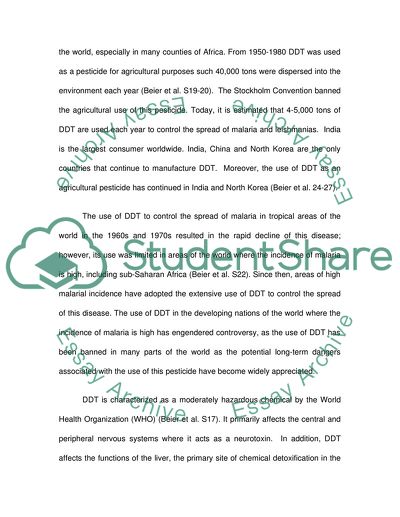Cite this document
(Current Perspectives On A Global Ban Of DDT Essay, n.d.)
Current Perspectives On A Global Ban Of DDT Essay. Retrieved from https://studentshare.org/biology/1730601-paper-on-ddt-dichlorodiphenyltrichloroethane
Current Perspectives On A Global Ban Of DDT Essay. Retrieved from https://studentshare.org/biology/1730601-paper-on-ddt-dichlorodiphenyltrichloroethane
(Current Perspectives On A Global Ban Of DDT Essay)
Current Perspectives On A Global Ban Of DDT Essay. https://studentshare.org/biology/1730601-paper-on-ddt-dichlorodiphenyltrichloroethane.
Current Perspectives On A Global Ban Of DDT Essay. https://studentshare.org/biology/1730601-paper-on-ddt-dichlorodiphenyltrichloroethane.
“Current Perspectives On A Global Ban Of DDT Essay”, n.d. https://studentshare.org/biology/1730601-paper-on-ddt-dichlorodiphenyltrichloroethane.


